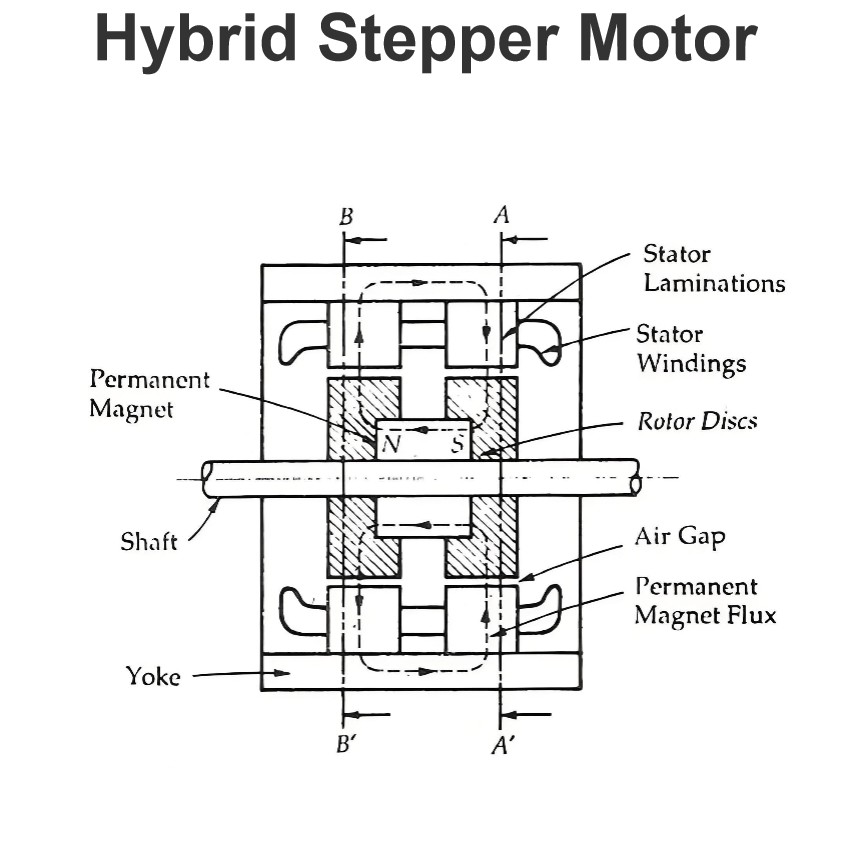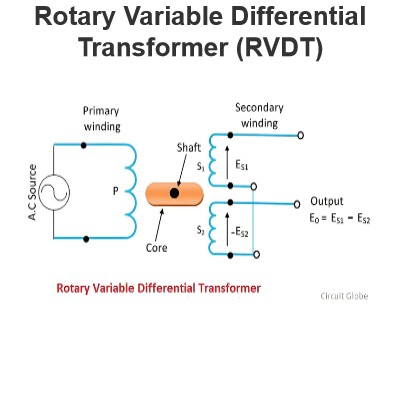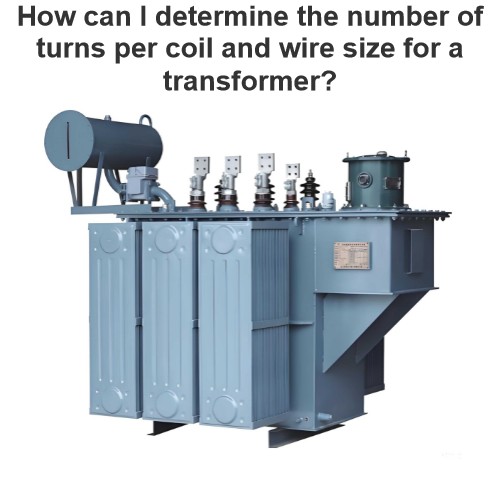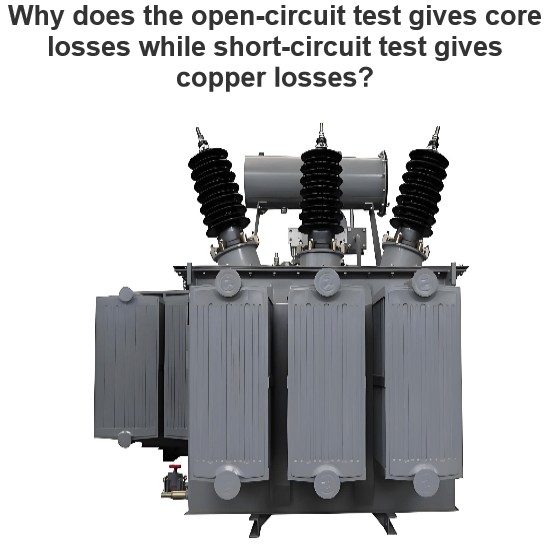Cause of squirrel cage motor creepage
Creepage in squirrel cage motors refers to the phenomenon where the rotor begins to rotate even though the motor is not receiving sufficient voltage to fully start or maintain rotation. This can happen under certain conditions, particularly when there is residual magnetism or when the motor is subjected to external forces that cause it to turn slightly. Here are the main causes of creepage in squirrel cage motors:
Residual Magnetism
Magnetic Fields: Even after the power supply is cut off, some residual magnetic fields may remain in the stator windings or other magnetic components of the motor. These fields can induce a small current in the rotor bars, causing slight rotation.
Permanent Magnets: Some motors incorporate permanent magnets in their design, which can contribute to creepage if they are strong enough to induce currents in the rotor.
External Forces
Mechanical Loads: If the motor is connected to a mechanical load that applies a slight rotational force, it may cause the rotor to creep. For example, gravity acting on a vertically oriented pump shaft might cause the motor to turn slightly.
Wind or Vibrations: External forces such as wind or vibrations from nearby equipment can impart a small rotational movement to the motor.
Design Characteristics
Rotor Imbalance: If the rotor is not perfectly balanced, it may exhibit slight movements due to unbalanced forces acting on it.
Motor Design: Certain designs of squirrel cage motors might be more prone to creepage due to their construction details.
Electrical Phenomena
Stray Capacitance: Stray capacitance between the stator and rotor can sometimes cause a small current to flow, inducing slight rotation.
Partial Discharge: Partial discharge in the insulation of the motor can generate small currents that lead to creepage.
Faulty Electrical Connections
Loose Connections: Loose connections in the wiring or terminals can create intermittent paths for current flow, leading to creepage.
Faulty Controls: Faulty relays or contactors that do not completely break the circuit can allow a small current to pass through the motor, causing slight rotation.
Mitigation Strategies
To reduce or eliminate creepage in squirrel cage motors, several strategies can be employed:
Ensure Proper Load Management: Properly manage the mechanical loads attached to the motor to prevent unnecessary forces from acting on the rotor.
Balancing: Balance the rotor to minimize any unbalanced forces that could cause rotation.
Shielding: Shield the motor from external forces and vibrations that might contribute to creepage.
Maintenance: Regularly check and tighten all electrical connections and ensure that all components are functioning correctly.
Design Improvements: Incorporate design improvements that minimize residual magnetic fields and enhance the overall stability of the motor.
Summary
Creepage in squirrel cage motors is caused by residual magnetism, external forces, design characteristics, electrical phenomena, and faulty electrical connections. By understanding these causes and implementing appropriate mitigation strategies, one can effectively reduce or prevent creepage in motor operation.
The Electricity Encyclopedia is dedicated to accelerating the dissemination and application of electricity knowledge and adding impetus to the development and innovation of the electricity industry.




